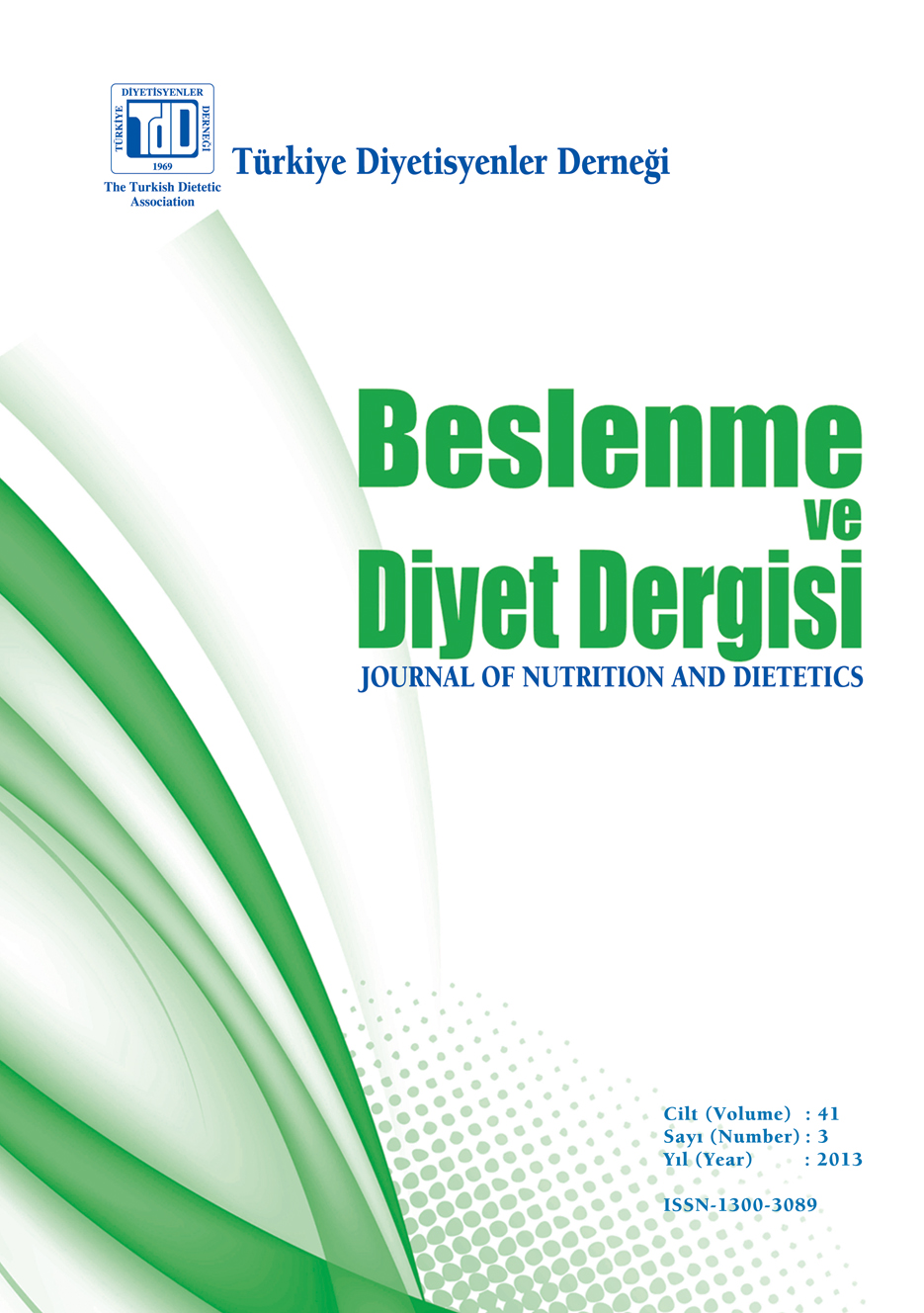Cancer and Sulphoraphane
Keywords:
Sulphoraphane, crucifeous vegetables, glucosinolates, broccoli, cancerAbstract
Cancer is a dynamic and multifaceted disease that effects morbidity and mortality globally. The chemoprotective effects of dietary compounds which are biologically active has been supported with epidemiological data. Diets, particularly rich in fruits and vegetables are associated with a decrease in the risks of lung, colon, prostate, breast, and pancreas cancers. This relationship is more predominant in cruciferous vegetables such as broccoli, cauliflower, cabbage, Brussel sprouts and raddish and in allium vegetables such as onion, garlic and leek. The cancer protective role in cruciferous vegetables is primarly attributed to their isothiocyantes (ITCs) content. These ITCs are stored as their precursor form, glucosinolates, in plants. After tissue damage, caused by harvesting, chopping, chewing etc., an enzyme called myrosinase in plants becomes active and ITCs are produced by the hydrolysis of glucosinolates. The sulphoraphane (SFN) is one of the ITCs in cruciferous vegetables, particularly in broccoli. In vitro and in vivo studies suggested that SFN can impact on multiple steps of carsinogenesis by increasing detoxification of carsinogenic metabolites by stimulation of phase II enzymes and decreasing activation of carsinogenes by inhibition of phase I enzymes, inducing apoptosis and cell cycle arrest in the cancer cells. Also, in clinical studies it was revealed that SFN is safe and well-tolerable. In this review we will discuss the mechanisms of action of SFN in carcinogenesis, as well as its metabolism, pharmacokinetics, bioavailability and related factors and pharmacological active doses.

